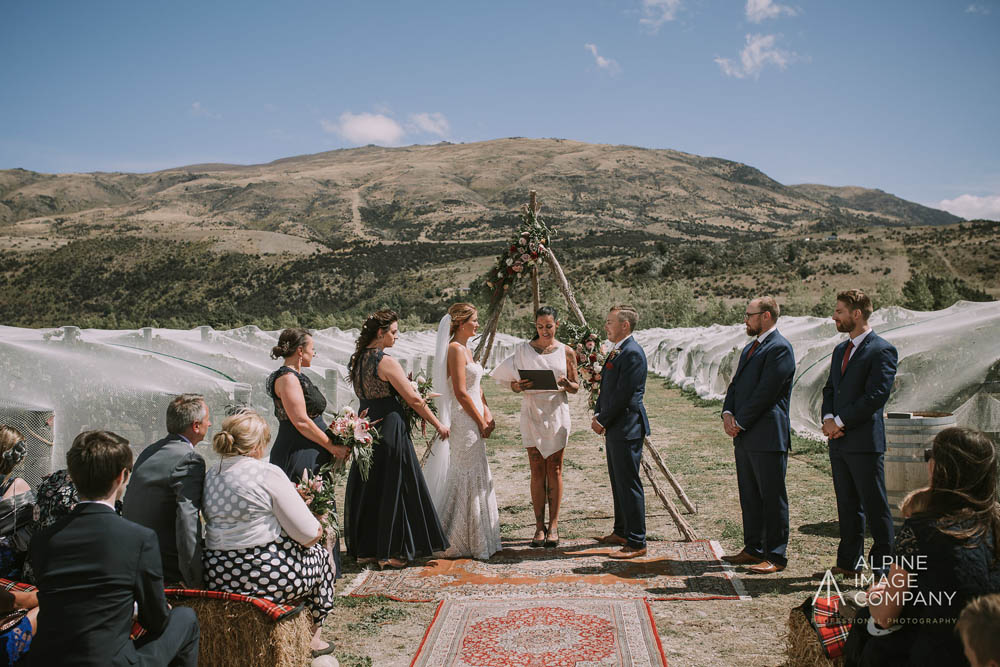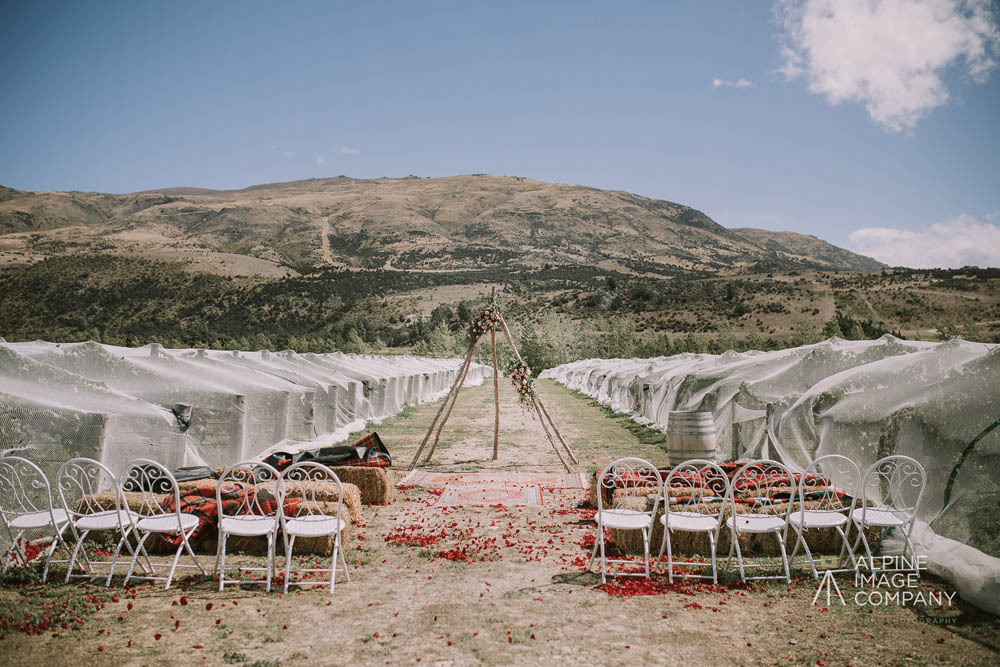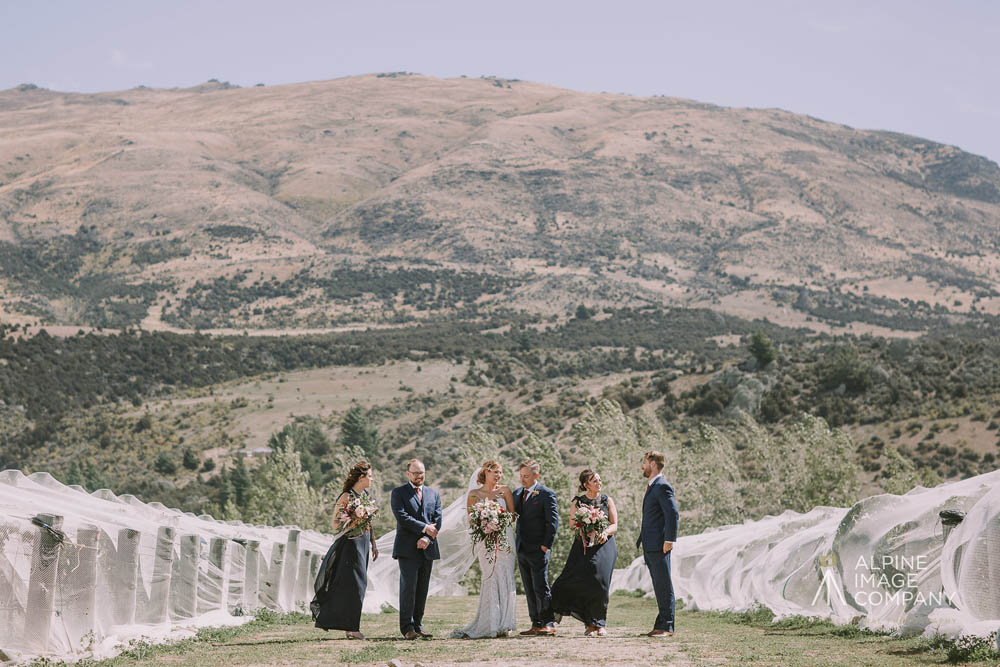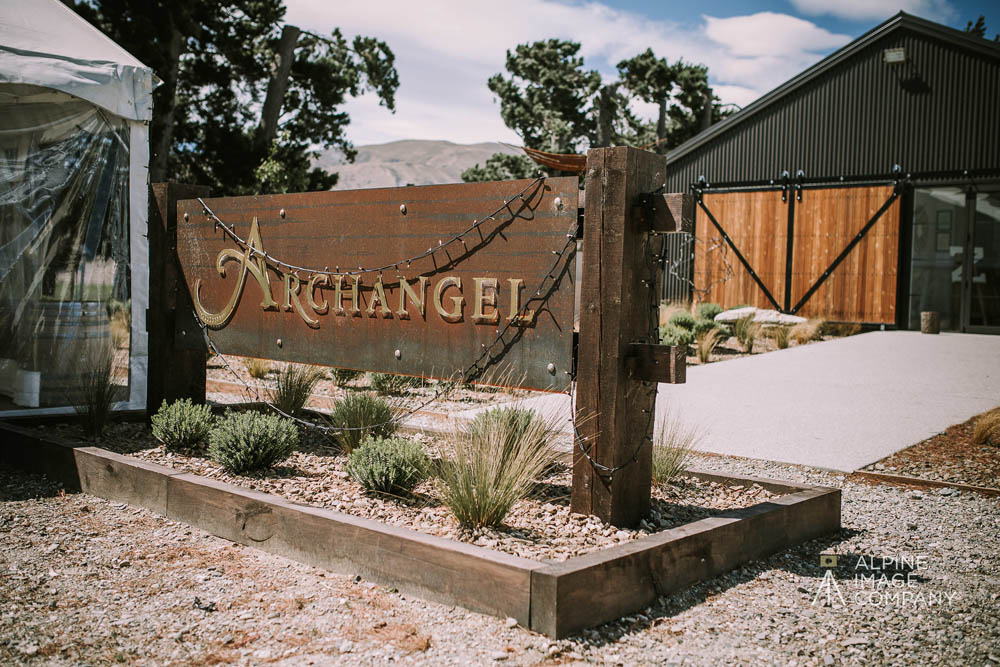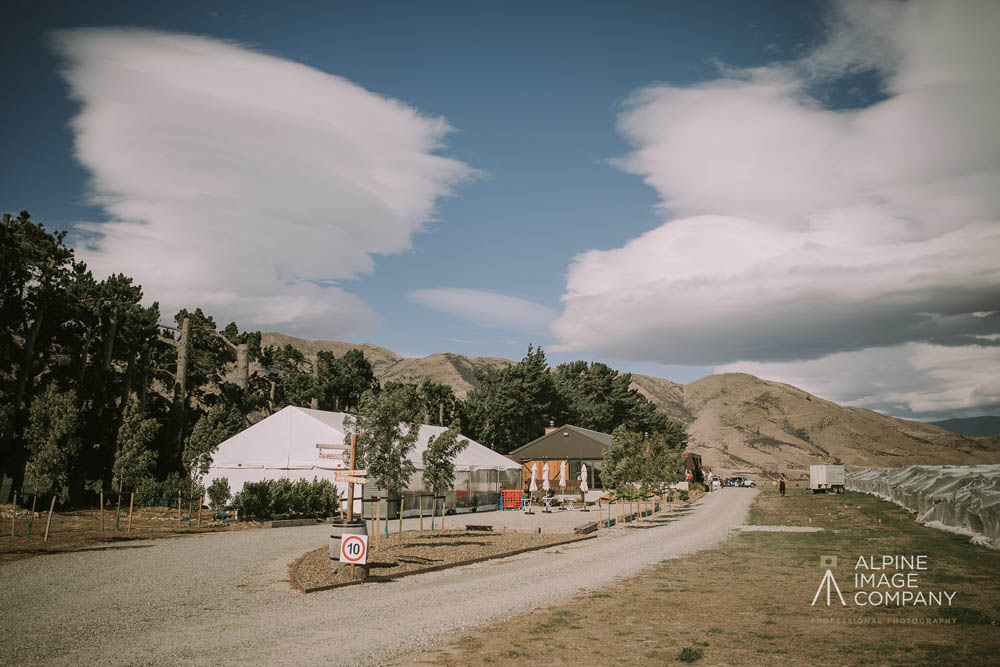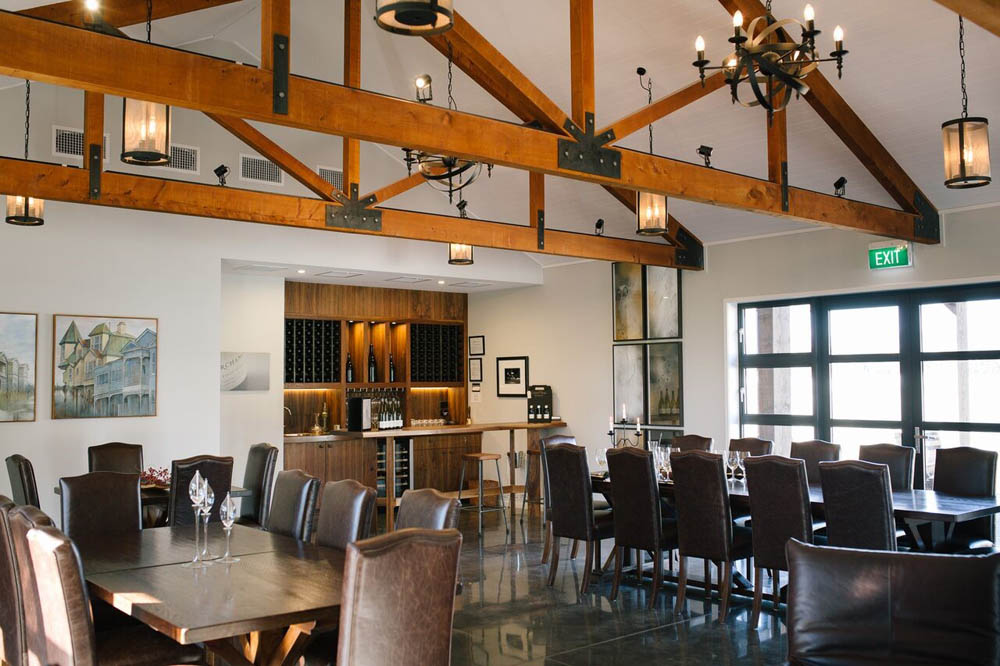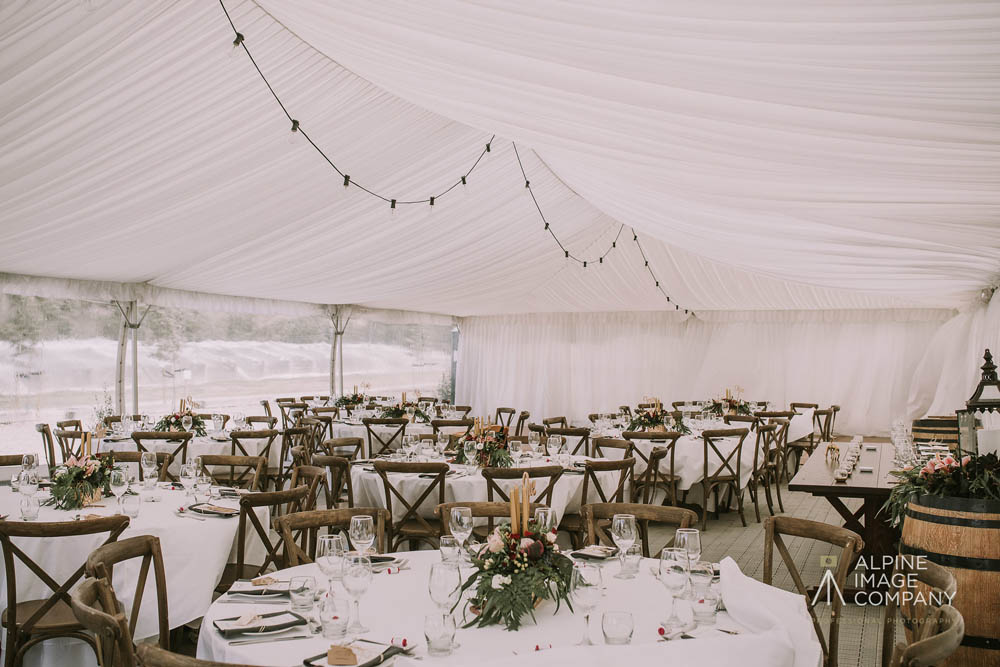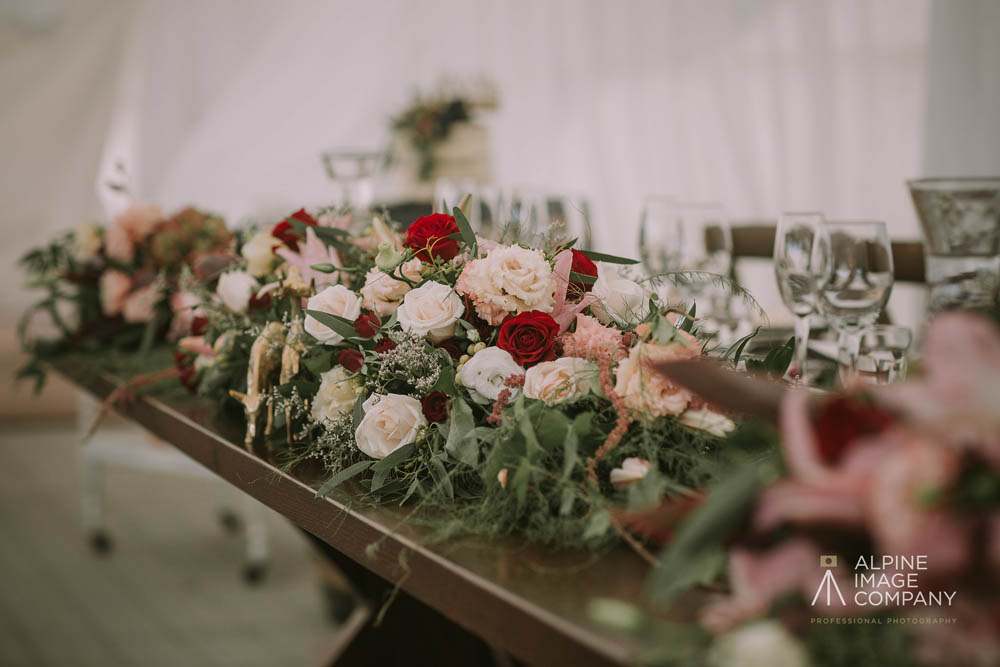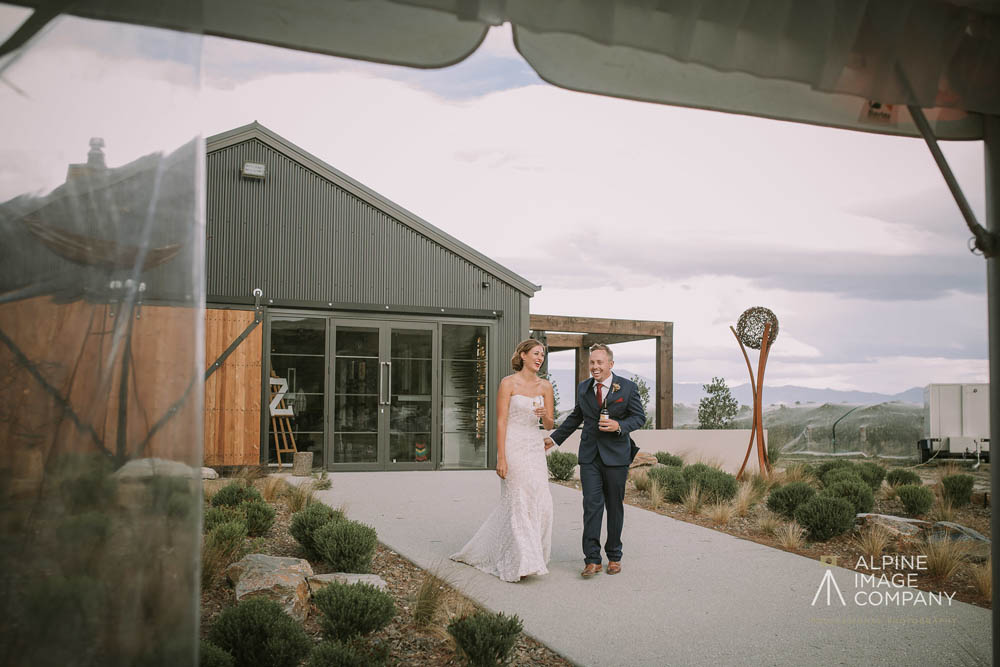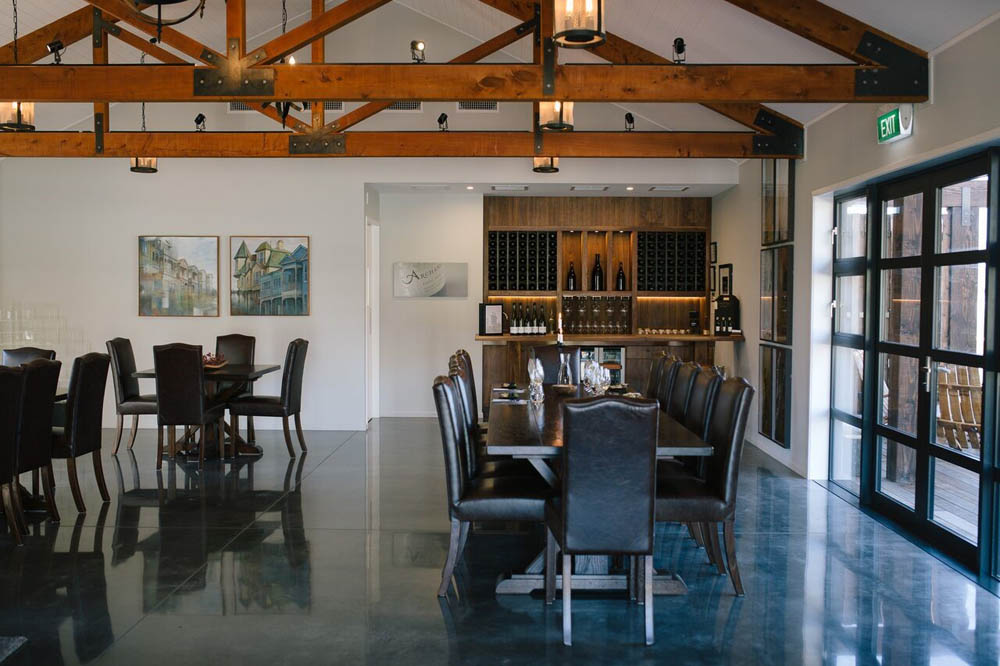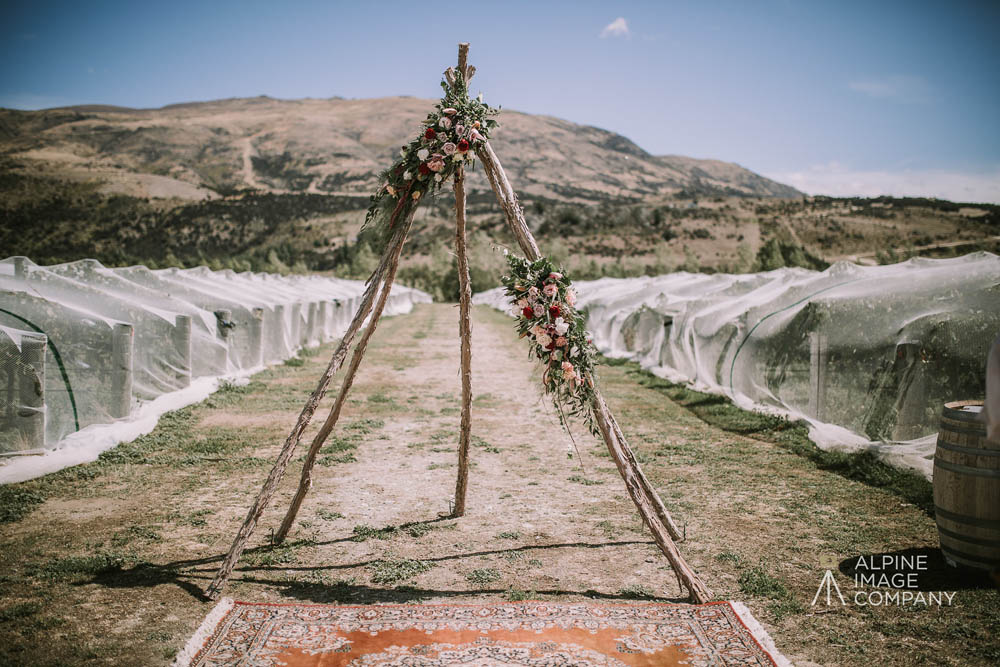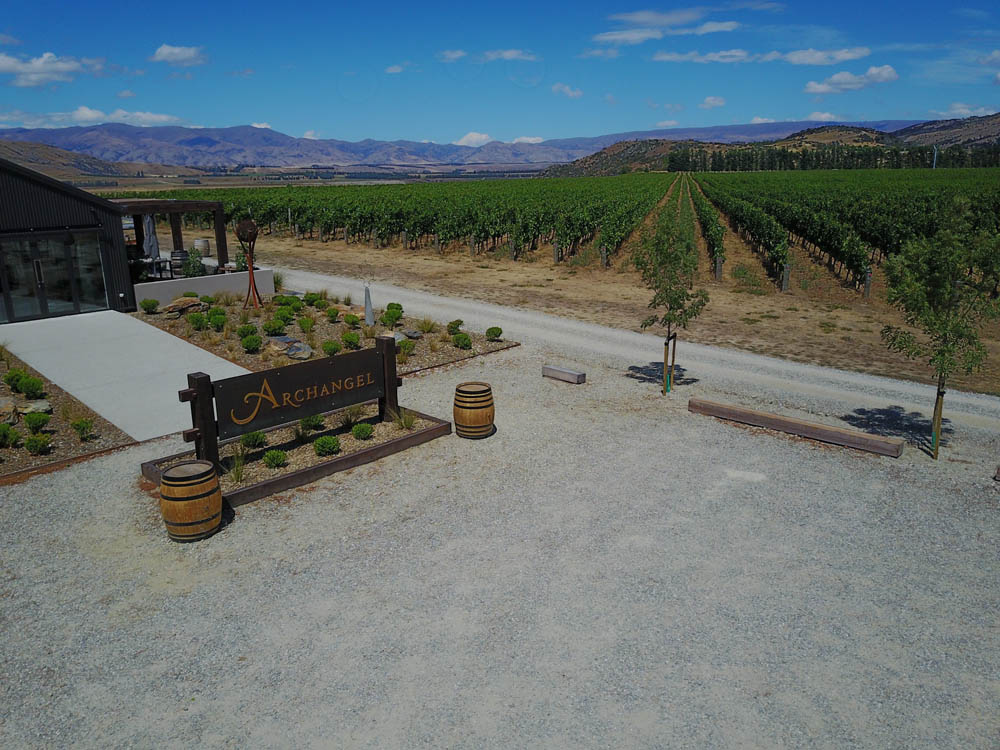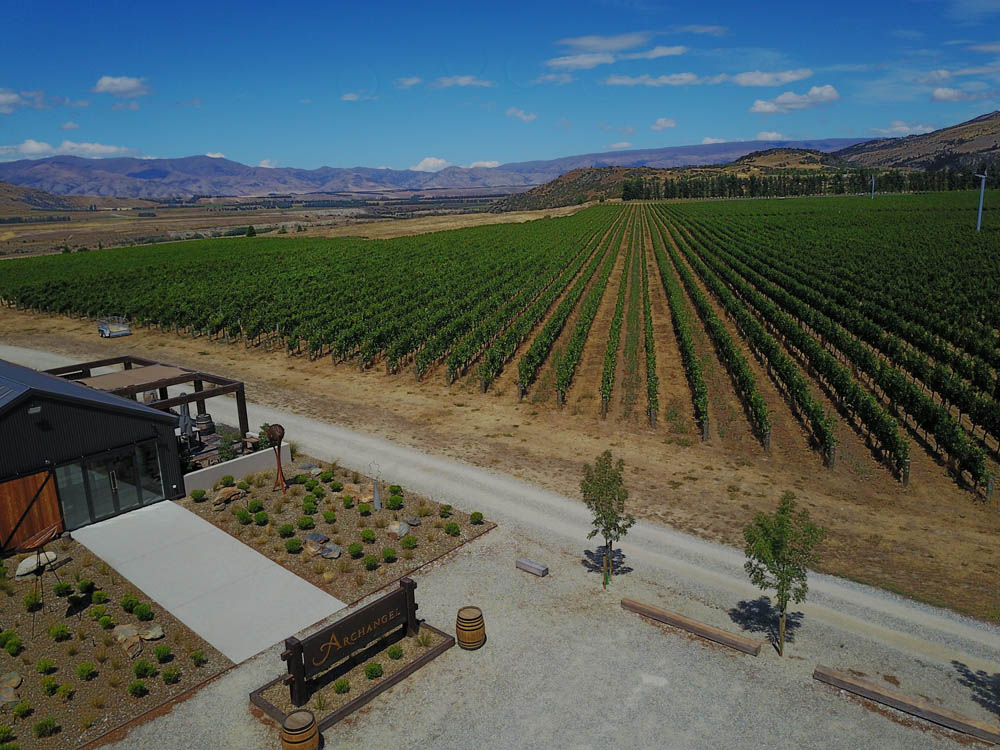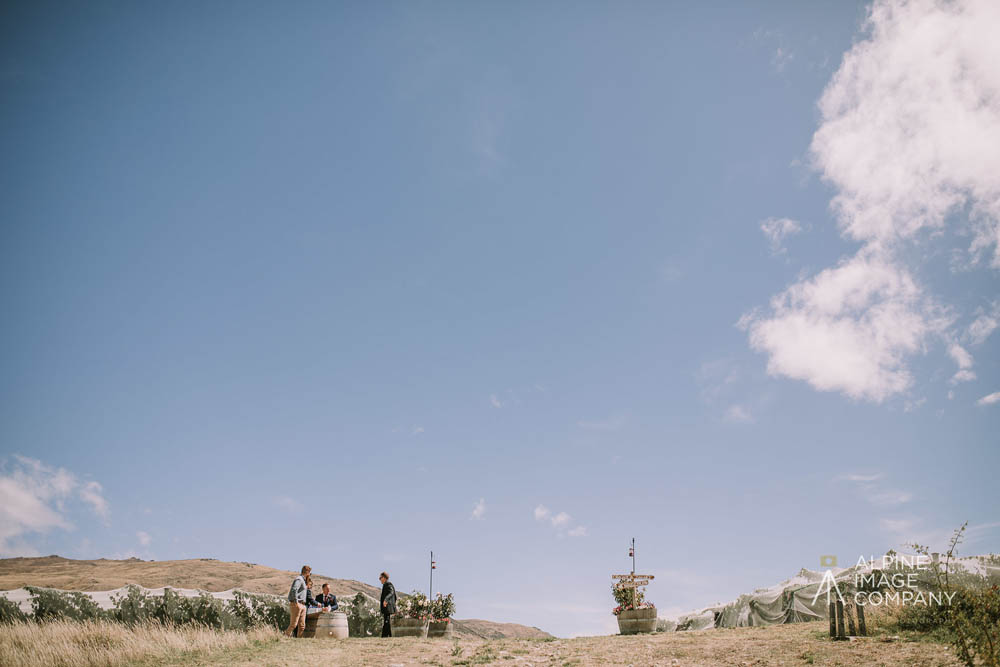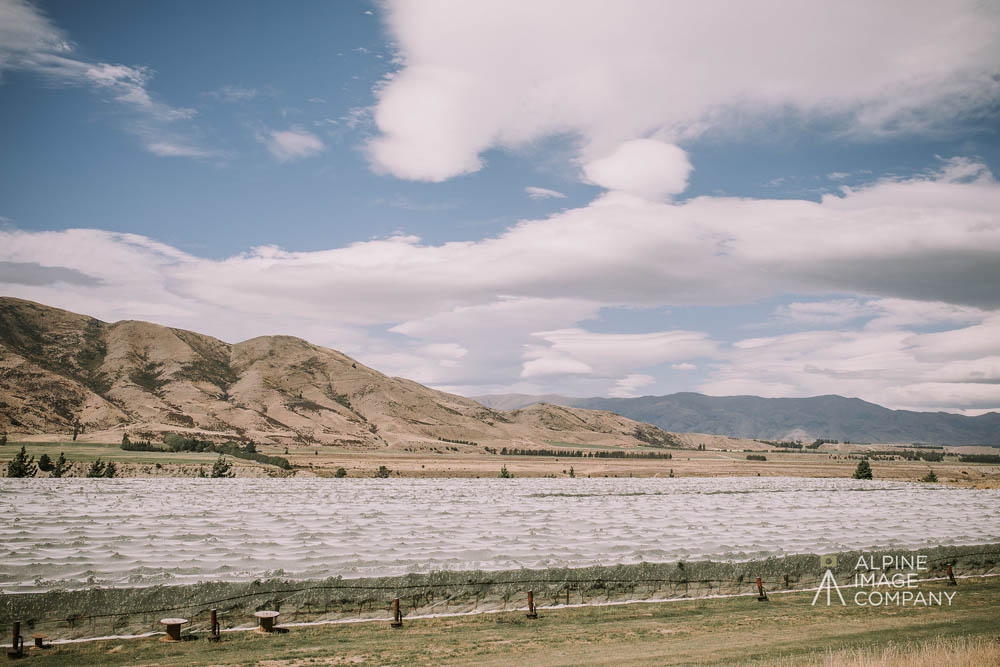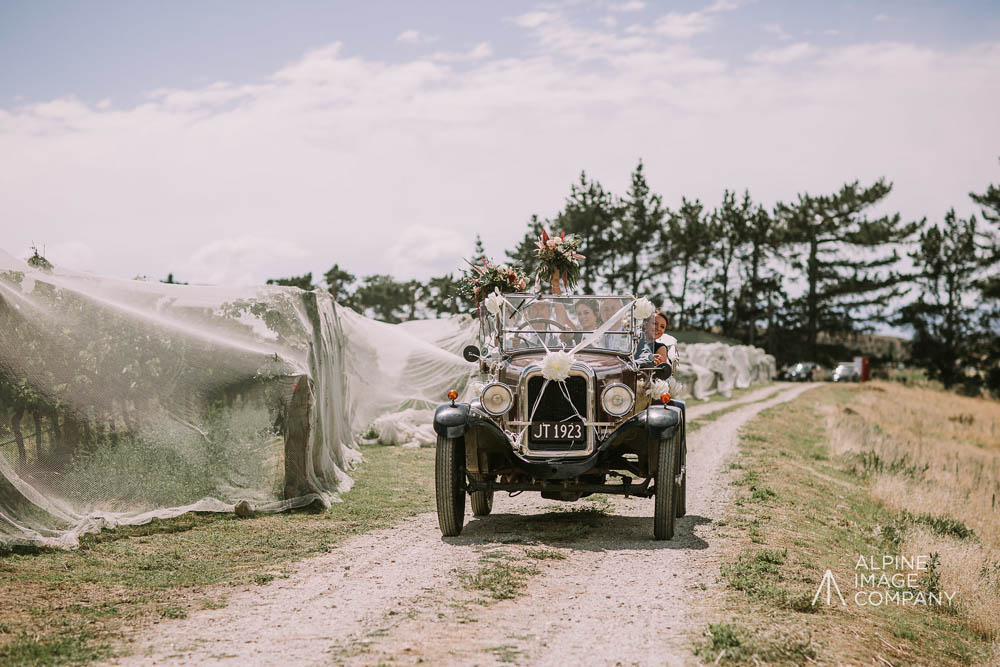
Pinot Noir Rose - Current Vintage 2018
From a languid picnic under the stars to an elegant five-star dinner - our sparkling Rose offers a delicate blush and classic Pinot Noir character. This vintage reveals a lovely silky mouthfilling palate of strawberry, rhubarb and mango.
Jon crafts Etude wines with a simple creed; inspired winegrowing diminishes the need for intervention in the cellar. He works with vineyards like North Canyon, atop Santa Maria Valley’s unique funnel.
The Vineyard
Rose wine has evolved from a simple summer swill to the global favorite it is today. While it’s popularity in America has grown exponentially since Julia Child’s famous declaration “Yes, you can serve rose with everything!”, it’s global adoration is far more varied, with every wine region stamping their own unique style on the pink stuff through grape varieties, viticulture and vinification techniques.
Our rosé is made from 100% Pinot Noir fruit, harvested very early to retain freshness and citrus acidity. It undergoes very short skin contact, just enough to color the juice and create a delicate blush, without adding the gloominess that Provence-style rose can sometimes display.
Our vineyard sits on the border of Patton Valley to the southwest and Tualatin Valley to the east, an ideal site with perfect exposure, elevation and soil type. The vines are planted to a variety of Pinot Noir clones and trained on low-impact, sustainable trellis systems. The 2018 growing season was cool and dry, resulting in well-developed flavors and structure.
The Grapes
Pinot Noir is a fickle grape, but it’s also capable of creating some of the world’s greatest wines. It needs enough warmth and sunshine to achieve true phenolic ripeness, which is a balance of color, flavor and acidity.
At our North Canyon Vineyard, located in the Eola-Amity Hills AVA, the vines benefit from being a bit off the valley floor, sheltered by a secluded canyon. This allows for a few degrees of warmer weather and extends the growing season by about a month.
This helps maintain freshness, a characteristic of rose wine. We’ve also experimented with a method called “direct press,” which reduces skin contact and produces a lighter colored wine that’s more like white wine than red. This technique is popular in Provence and used to make some of our favorite roses.
The Winemaking
A wine’s journey from grape to glass is a fascinating and complex transformation. While much has changed over time, many of the fundamental steps remain the same.
The first step is picking. This is the most critical and influential part of the process. It sets the stage for everything that follows, including the wine’s color and flavor.
Next is crushing. Until recently this was done by foot, with people “dancing” in barrels and trampling the grapes to turn them into juice (must). Now it’s usually machine-crushed, but the dance remains the same.
At Etude, Jon Priest has fashioned wines with a simple creed: inspired winegrowing diminishes the need for intervention in the cellar. Working with vineyards like Grace Benoist Ranch in Los Carneros, and North Canyon in famed Pinot growing regions of California, his focus is on coaxing the best out of each site. This approach shows in the rich strawberry and mouthwatering acidity of this Rose.
The Future
The Pinot Noir Rose is an expression of pure vineyard character with a light and crisp palate. The fruit for this wine was sourced from vineyards like Grace Benoist Ranch, Fiddlestix and North Canyon in the famed growing regions of California's Central Coast.
Jon fashioned this cuvee with a simple creed: Inspired winegrowing diminishes the need for intervention in the cellar. He and his team work to coax the very best from their vineyard sources, whether it's the estate vineyard at Etude or from other renowned Pinot-producing sites like Santa Maria Valley and the Loire Valley.
Well-made rosé wines can age gracefully; their bright red fruits fade to a subtle ruby hue and develop aromas of dried flowers and nuts. The aging process in this rosé contributes to its exceptional aromatic intensity, and the blend of different reserve wines from multiple vintages provides complexity and structure.

